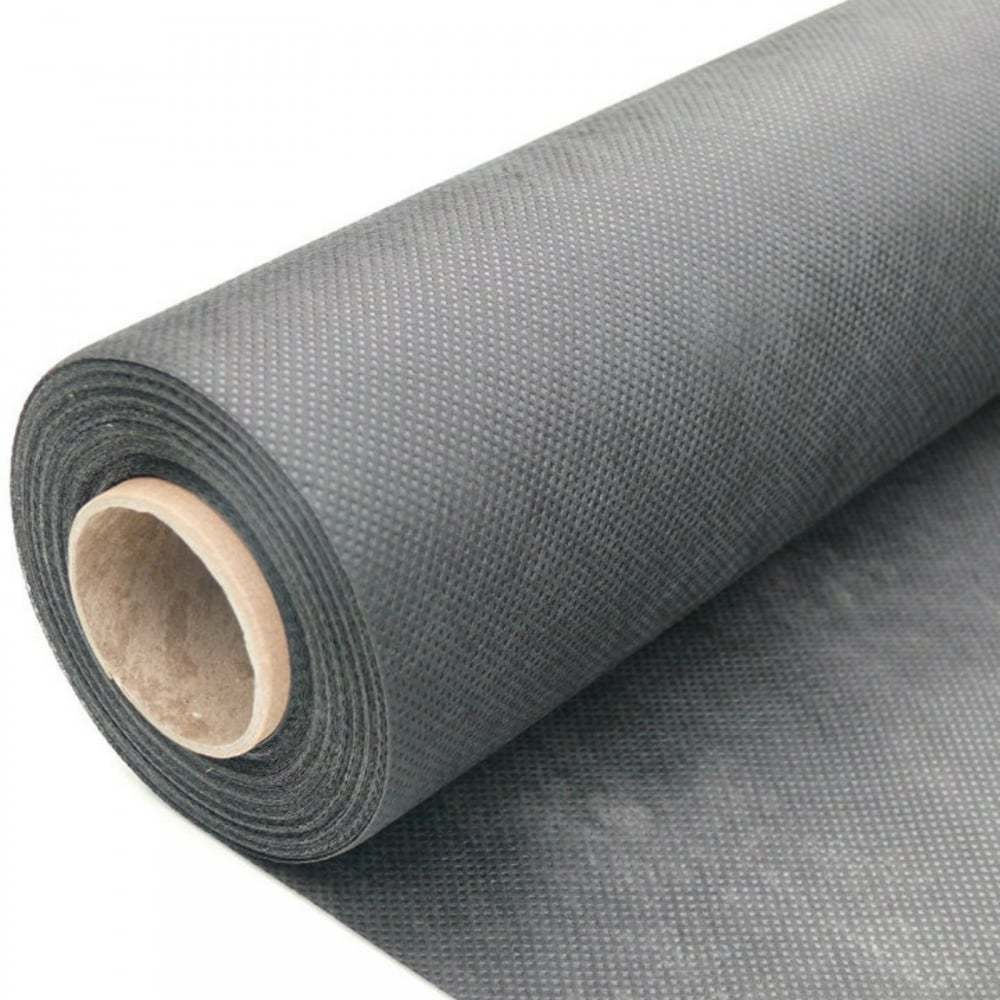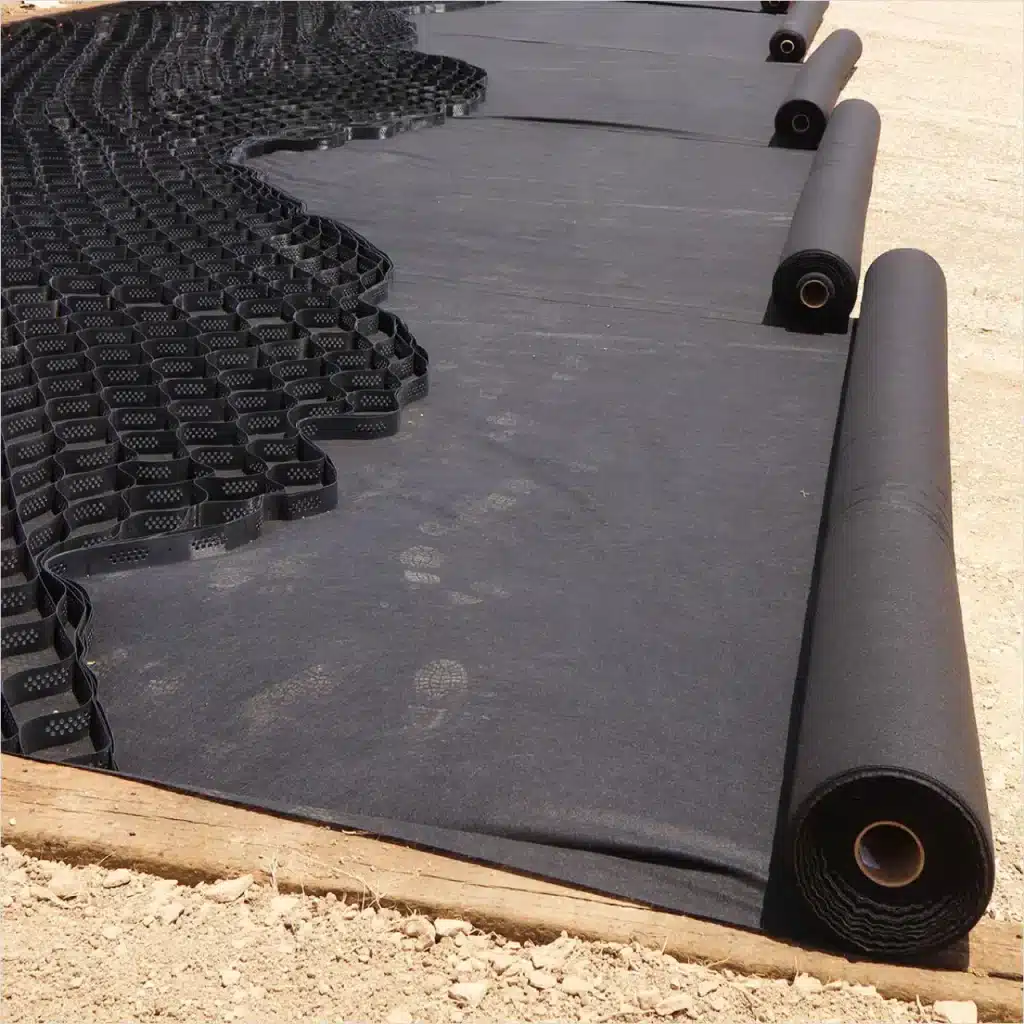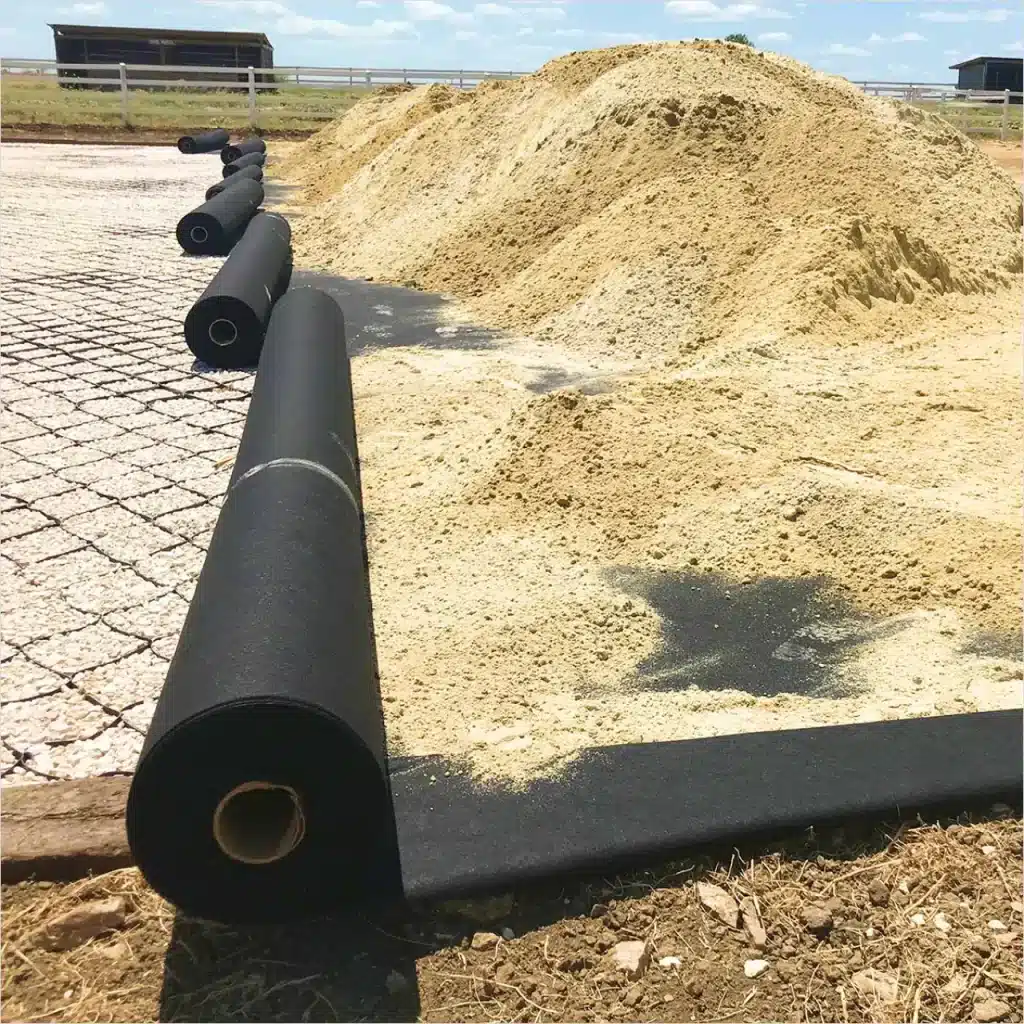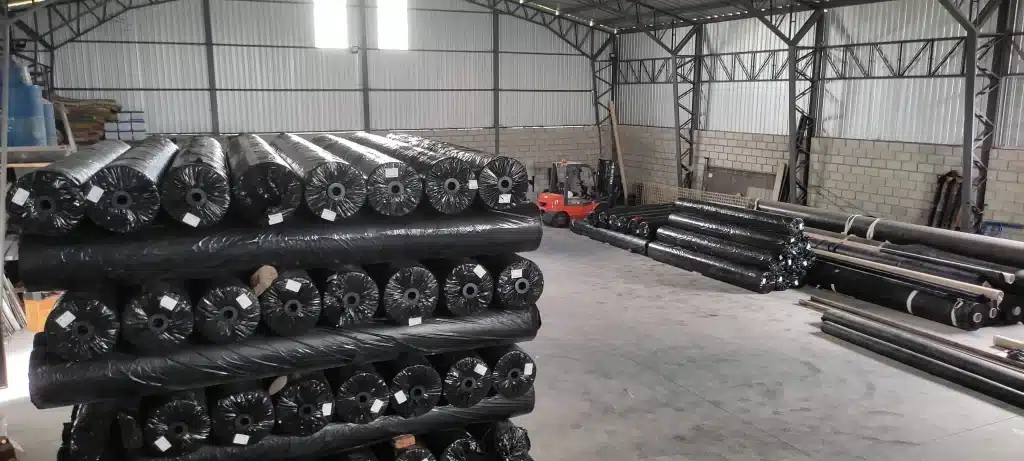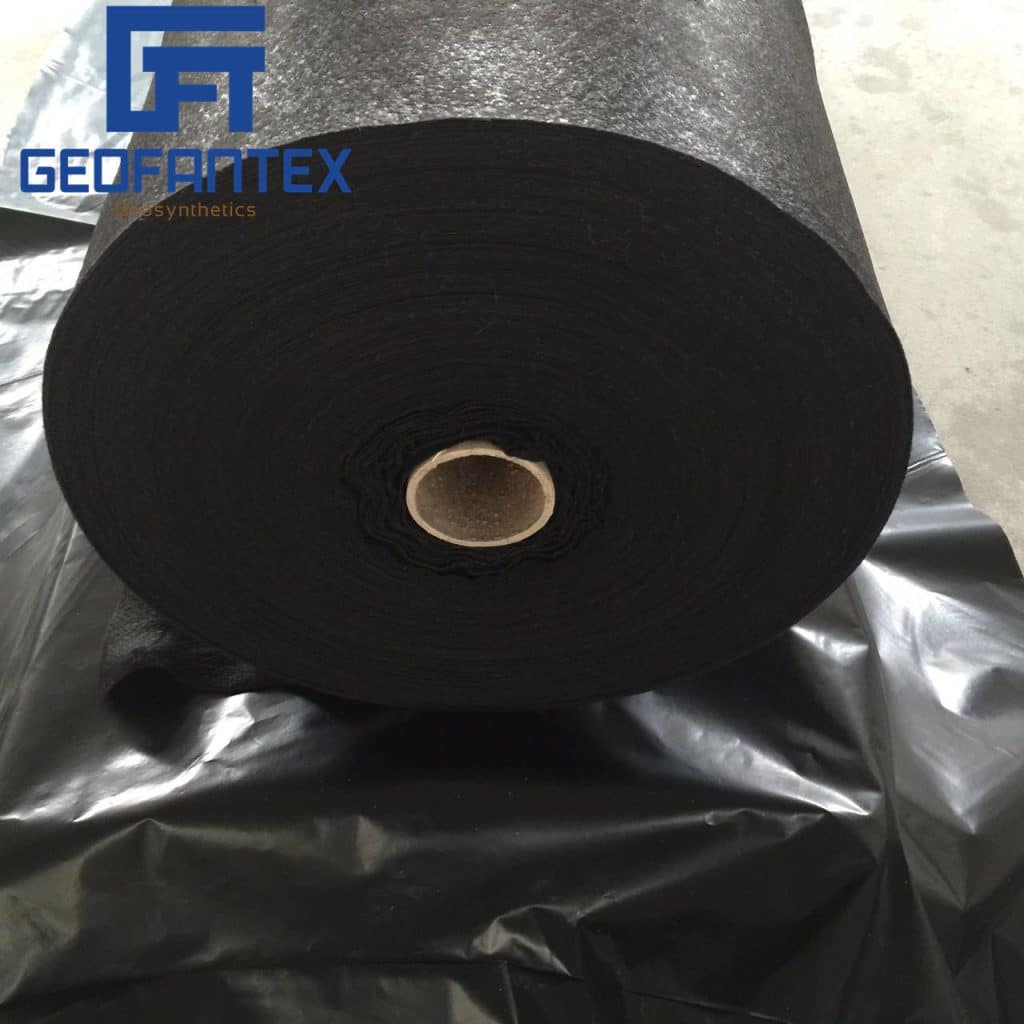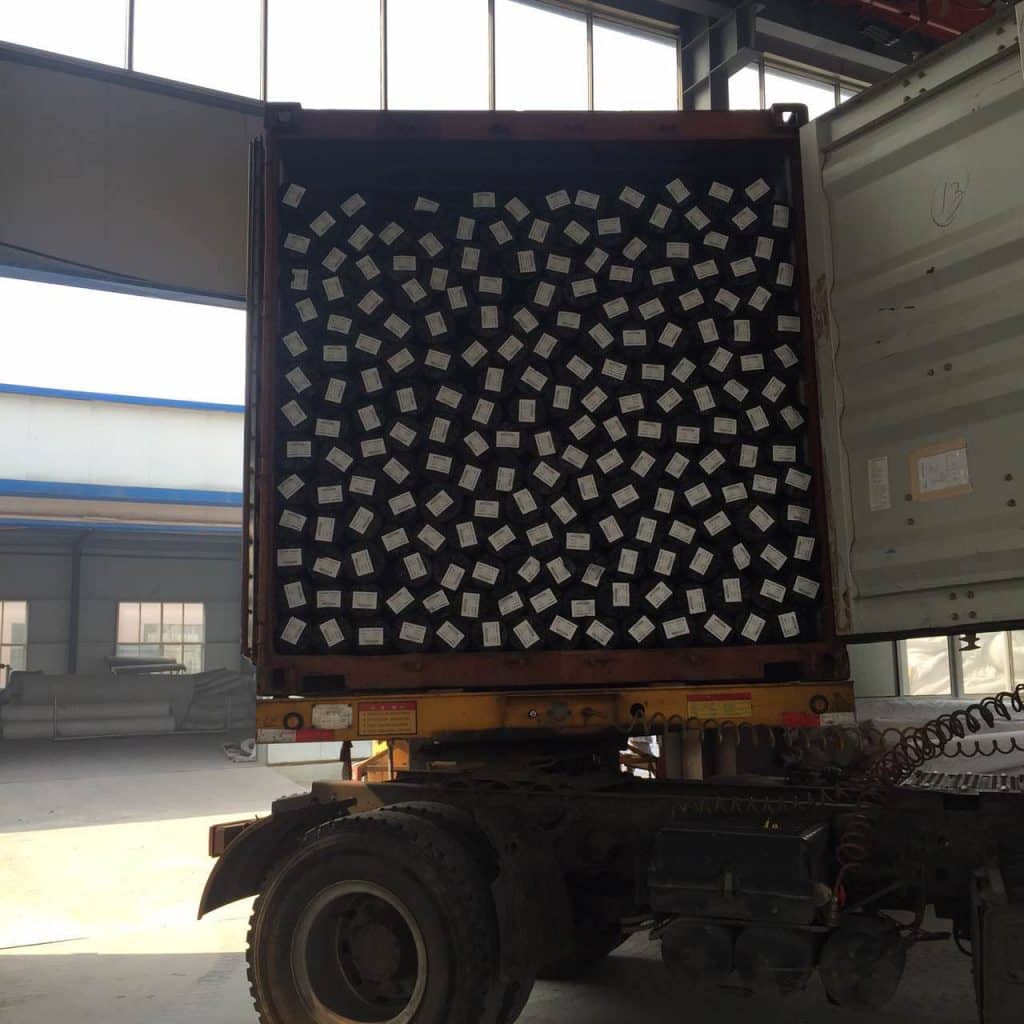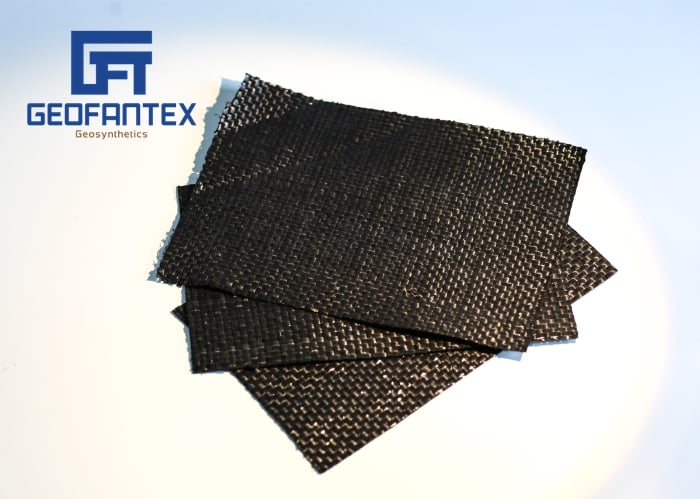+86-159 9860 6917
info@geofantex.com
geofantex@gmail.com
+86-400-8266163-44899
Geotextile Fabric Rolls: Sizes, Widths, and Uses
What is a Geotextile Fabric Roll?
A geotextile fabric roll is a large roll of permeable textile material that is commonly used in construction, landscaping, and other applications. It comes in different sizes and widths, ranging from small rolls for gardening to large rolls for roads and highways. Geotextile fabric rolls are designed to improve soil stability, drainage, and erosion control, and can be used in various projects such as driveways, RVs, and landscaping.
Geotextile Fabric Roll Sizes
Geotextile fabric rolls come in different sizes, depending on the application and project needs. Small rolls are typically used for gardening and landscaping, while larger rolls are used for construction and road projects. Common sizes include:
- 3 feet x 50 feet
- 4 feet x 100 feet
- 6 feet x 300 feet
- 12.5 feet x 360 feet
- 15 feet x 300 feet
When choosing a geotextile fabric roll size, consider the size of your project, the amount of fabric you will need, and the budget.
Geotextile Fabric Roll Widths
Geotextile fabric rolls also come in different widths, ranging from 3 feet to 15 feet or more. The width of the fabric roll you choose will depend on the width of the area you need to cover and the amount of overlap you require. It’s important to choose a width that will cover the entire area without leaving any gaps or seams.
How to Use Geotextile Fabric Rolls
Geotextile fabric rolls are easy to use and can be cut to size with scissors or a utility knife. To use geotextile fabric rolls, follow these steps:
- Prepare the area: Clear and level the area where you will be using the fabric. Remove any debris or vegetation, and ensure the soil is compacted and stable.
- Lay the fabric: Unroll the fabric and place it over the area to be covered. Make sure the fabric is flat and level, and leave a slight overlap at the edges.
- Secure the fabric: Anchor the fabric in place using landscape staples or pins. Make sure the fabric is taut and secure, and trim any excess fabric as needed.
- Cover the fabric: Once the fabric is in place, cover it with the desired material such as gravel, soil, or mulch. The fabric will help to prevent erosion and stabilize the material.
Conclusion
Geotextile fabric rolls come in different sizes and widths, and are used for various applications such as driveways, RVs, and landscaping. When choosing a geotextile fabric roll, consider the size of your project, the amount of fabric you will need, and the width of the area you need to cover. Geotextile fabric rolls are easy to use and can help improve soil stability, drainage, and erosion control, making them a valuable addition to any project.
Does geotextile fabric let water through?
The needle-punched and poly-spun versions of non-woven geotextile fabric enable effortless water flow and are strong and versatile for landscape drainage. Non-woven geotextile fabric is frequently utilized as a landscaping material to promote sufficient drainage, filtration, and soil stabilization.
Is geotextile fabric the same as landscape fabric?
Although both landscaping fabric and drain field fabrics are geotextile materials, they are intended for vastly different applications. Landscaping fabric is employed as a physical barrier (a weed barrier) in gardens and planting beds.
What are the disadvantages of geotextile fabric?
There are some drawbacks to geotextiles, as they are prone to clogging from sediments, organic residues, plant roots, fungi, algae, viscous petrochemical compounds, and slimes.
Get Free Sample
We’ll respond as soon as possible(within 12 hours)























